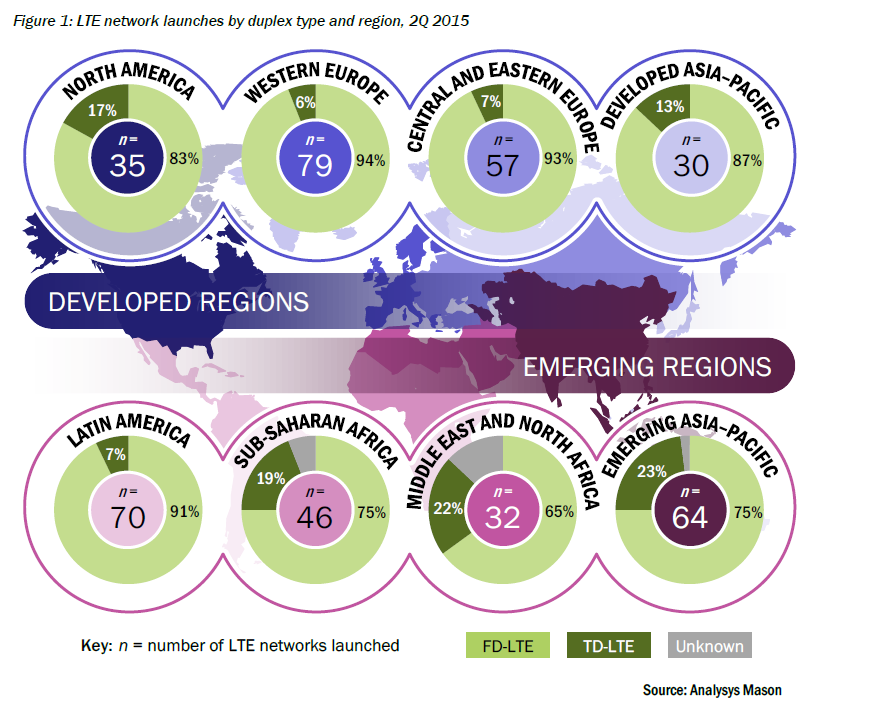The Japanese MNO Softbank is taking an active role in trying to bring AI to RAN. In a research story published recently, they explain that AI-RAN integrates AI into mobile networks to enhance performance and enable low-latency, high-security services via distributed AI data centres. This innovative infrastructure supports applications like real-time urban safety monitoring and optimized network throughput. Through the AI-RAN Alliance, SoftBank collaborates with industry leaders to advance technology and create an ecosystem for AI-driven societal and industrial solutions.
This video provides a nice short explanation of what AI-RAN means:
SoftBank's recent developments in AI-RAN technology further its mission to integrate AI with mobile networks, highlighted by the introduction of "AITRAS." This converged solution leverages NVIDIA's Grace Hopper platform and advanced orchestrators to unify vRAN and AI applications, enabling efficient and scalable networks. By collaborating with partners like Red Hat and Fujitsu, SoftBank aims to commercialize AI-RAN globally, addressing the demands of next-generation connectivity. Together, these initiatives align with SoftBank's vision of transforming telecommunications infrastructure to power AI-driven societies. Details are available on SoftBank's page here.
Last month, theNetworkingChannel hosted a webinar looking at 'AI-RAN and Open RAN: Exploring Convergence of AI-Native Approaches in Future Telecommunication Technologies'. The slides have not been shared and the details of the speakers are available here. The webinar is embedded below:
NVIDIA has a lot more technical details available on their blog post here.
Related Posts:
- Free 6G Training: Panel Discussion on 'Evolving AI Architectures in Support of End-to-end Heterogeneous Next Generation Networks'
- Free 6G Training: Softbank's 12 Challenges for Beyond 5G / 6G
- Private Networks Technology Blog: SoftBank's Private 5G Service that’s Custom-built for Enterprises
- Connectivity Technology Blog: Softbank's Cylindrical Antenna for HAPS to Reduce Handovers
- Connectivity Technology Blog: SoftBank to Promote Non-Terrestrial Network (NTN) Solutions
- Free 6G Training: AI Machine Learning RAN Intelligent Controller for 6G Open RAN
- Free 6G Training: O-RAN Alliance's nGRG Address the Use Cases, AI/ML and Security Aspects of 6G Mobile Networks
- The 3G4G Blog: What Is the Role of AI and ML in the Open RAN and 5G Future?


















